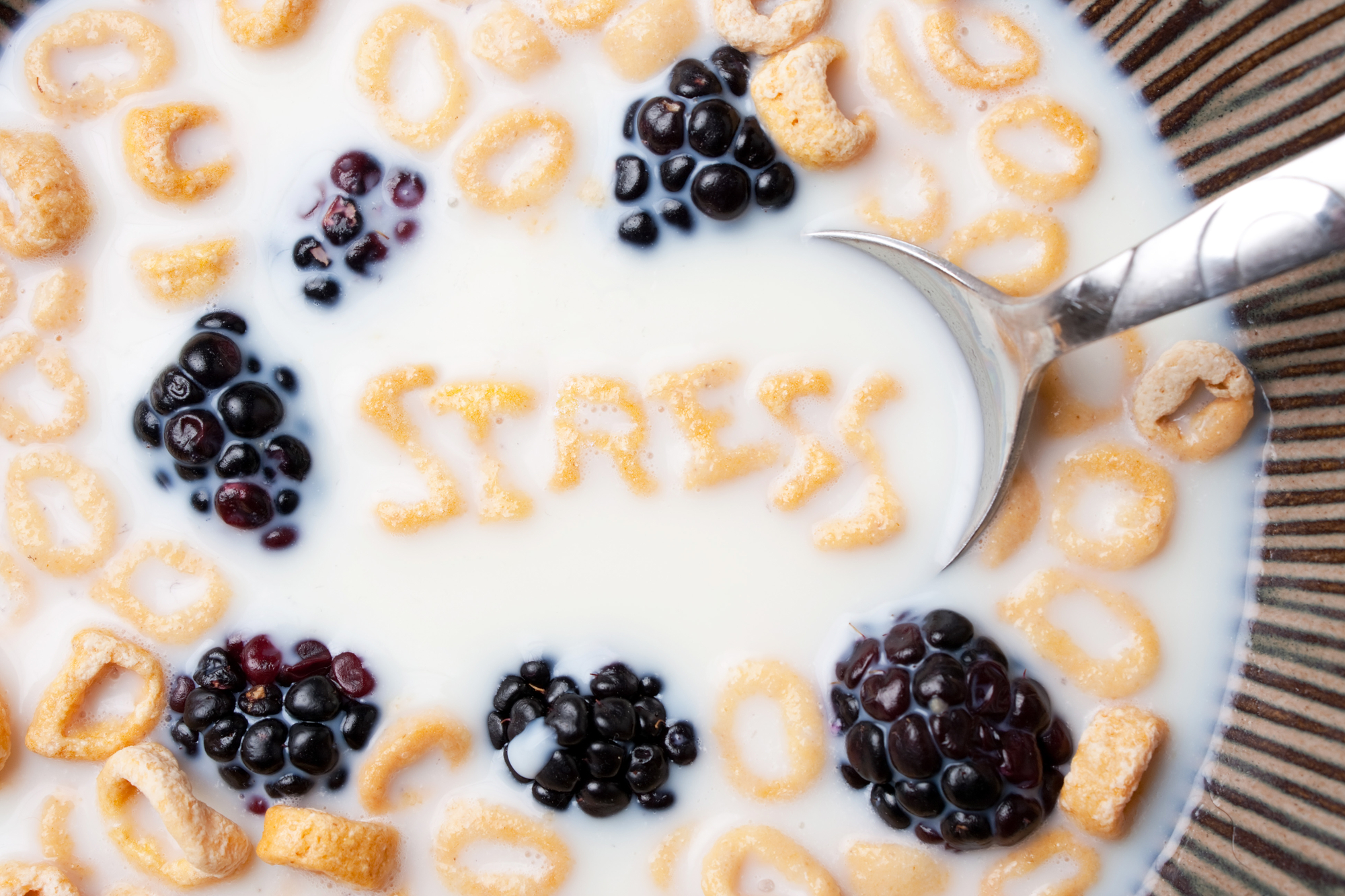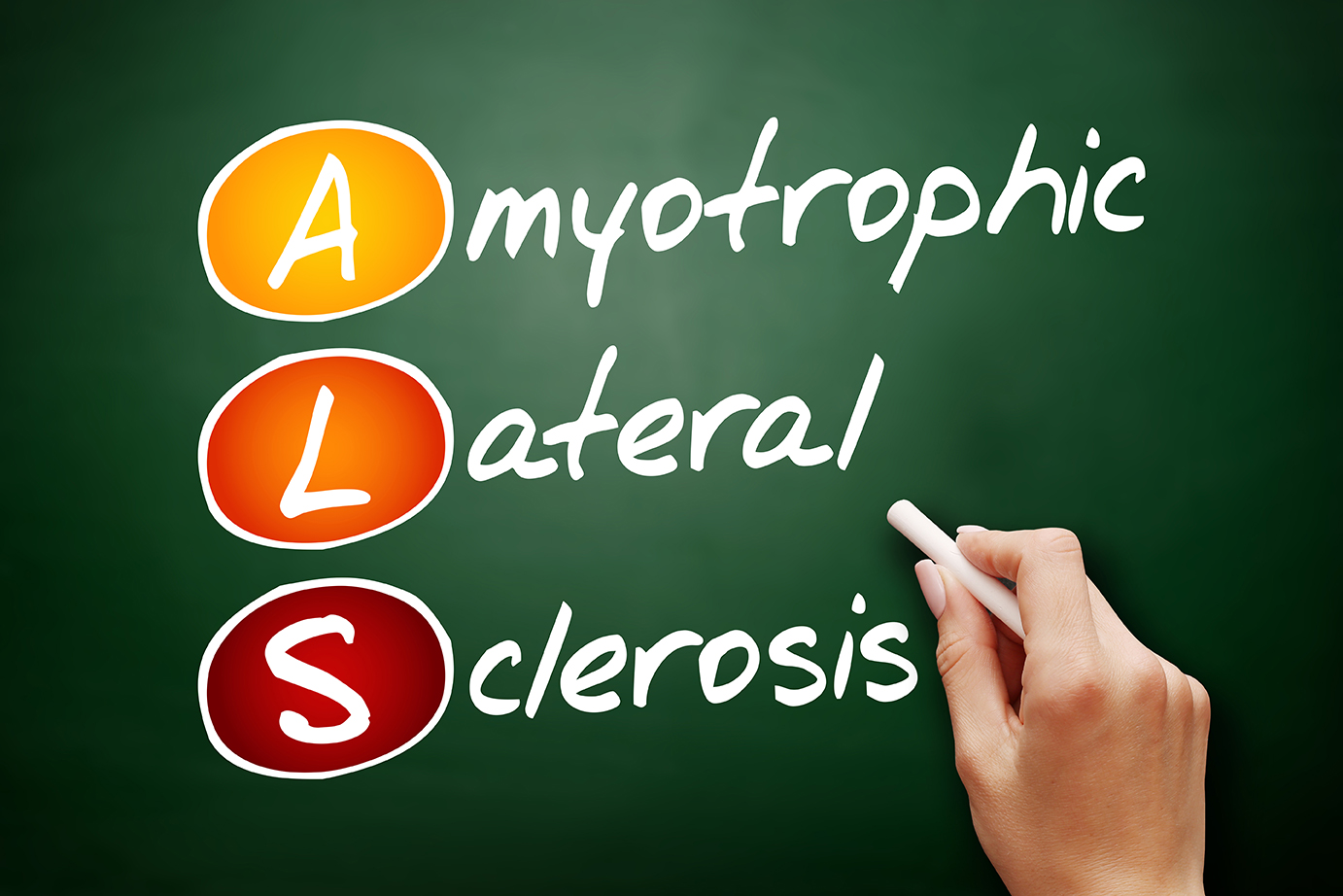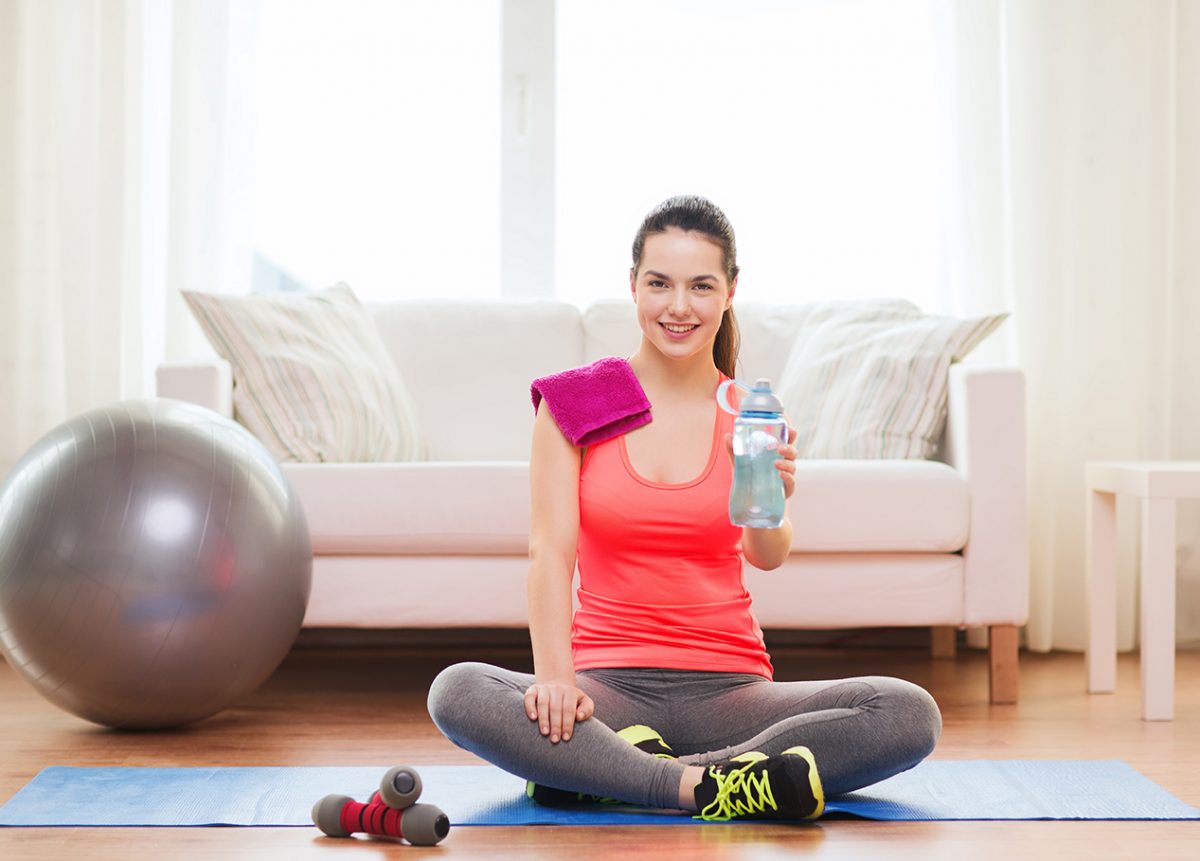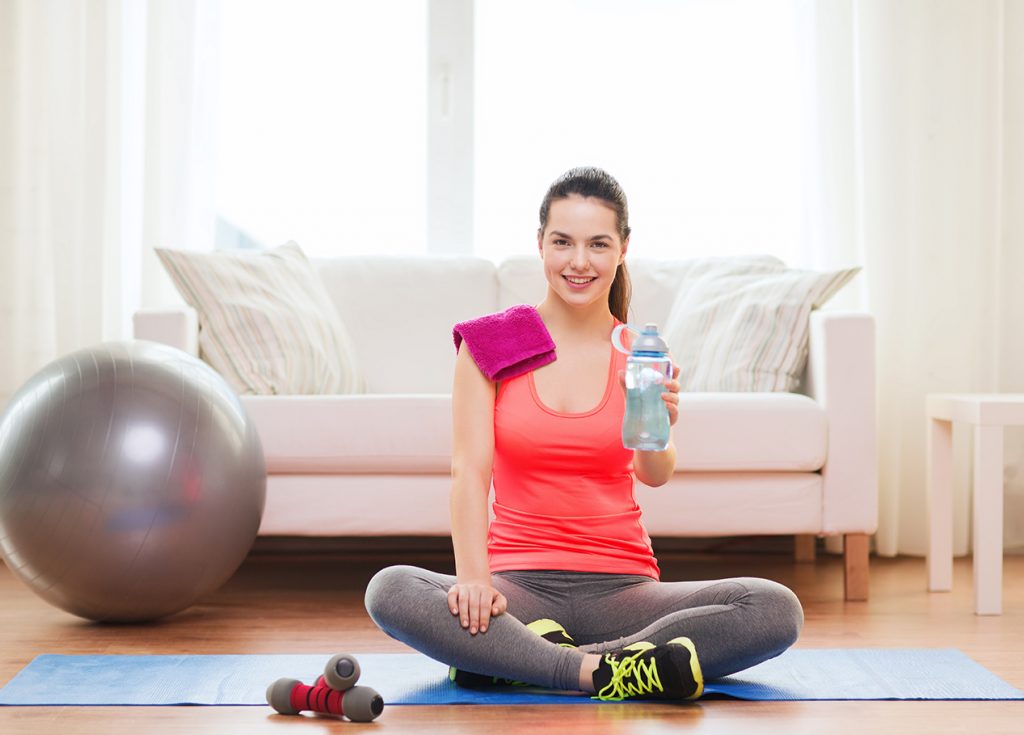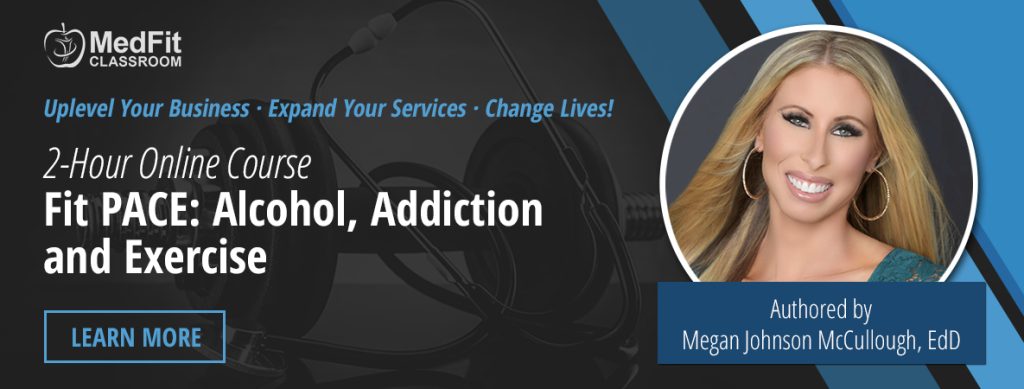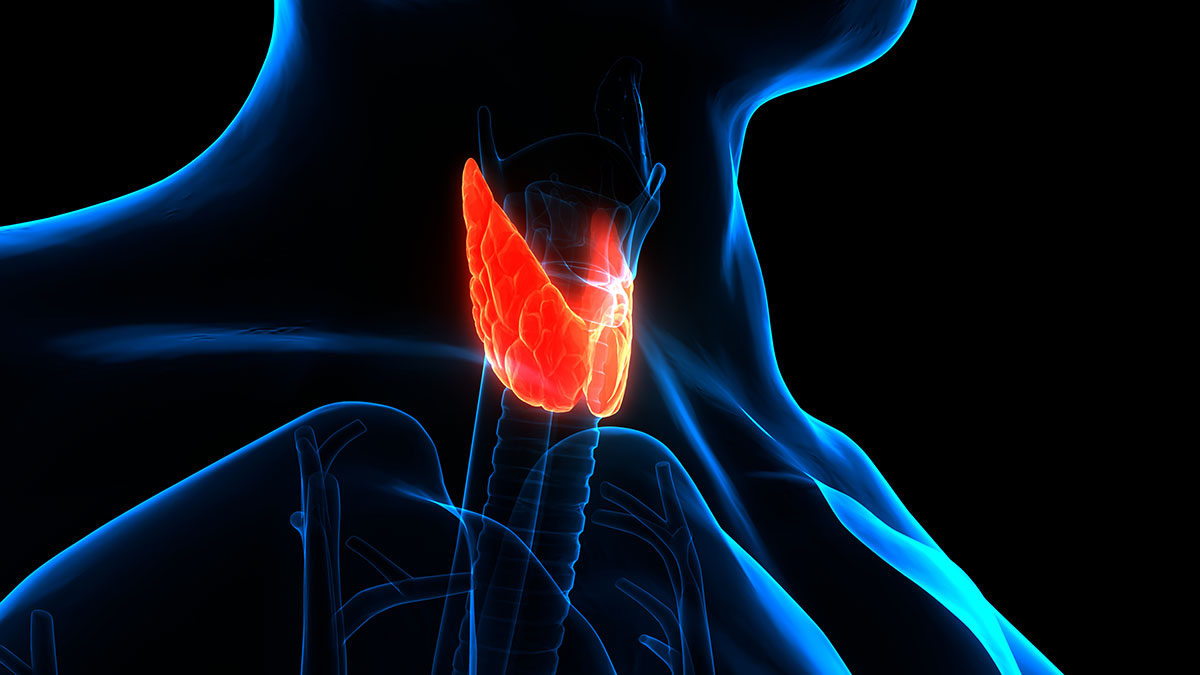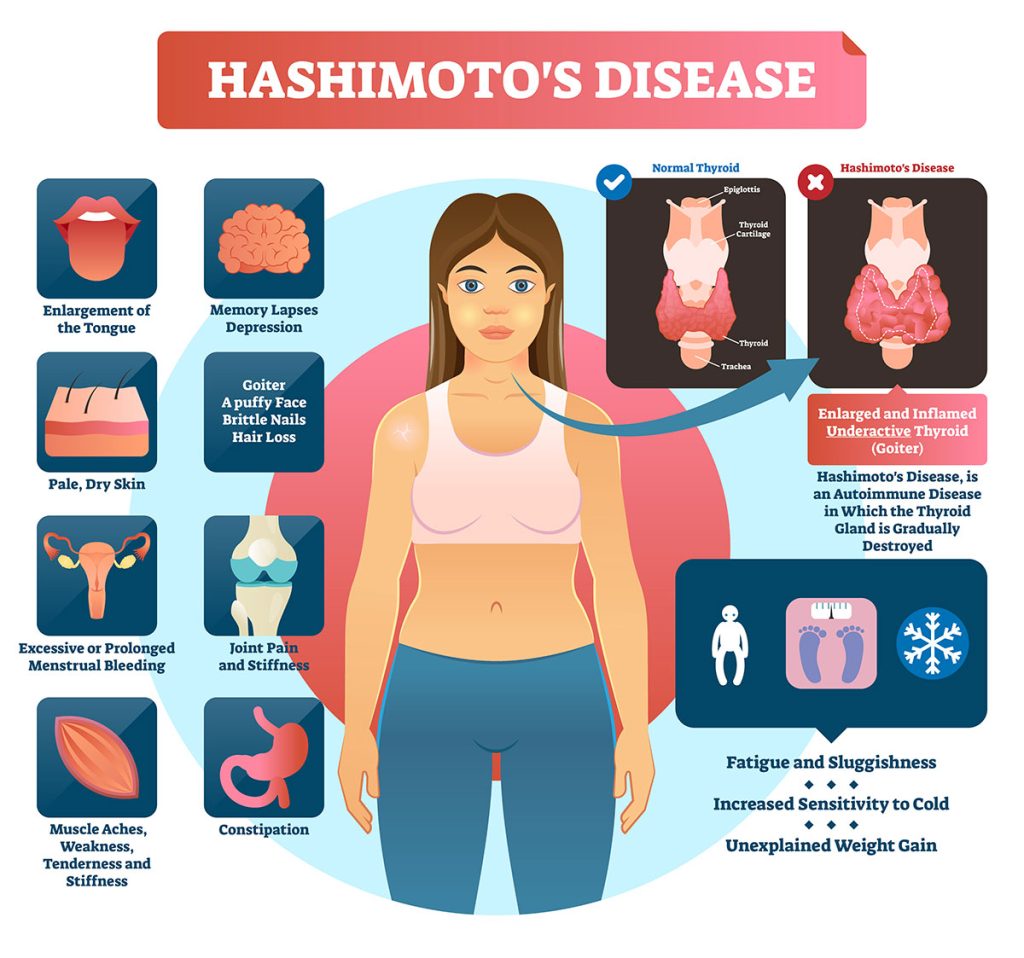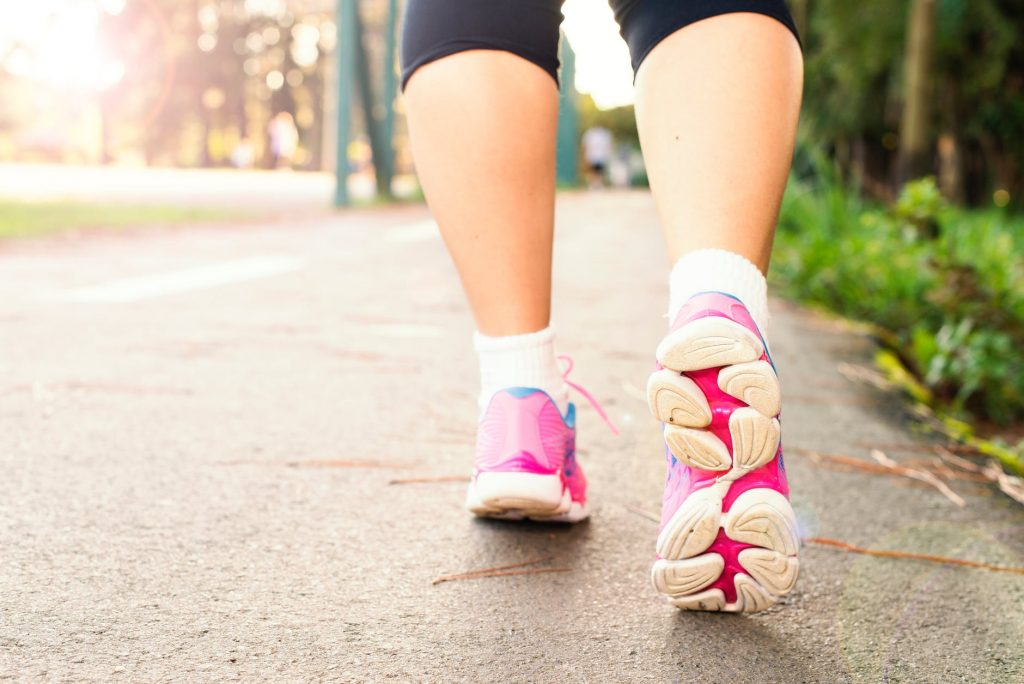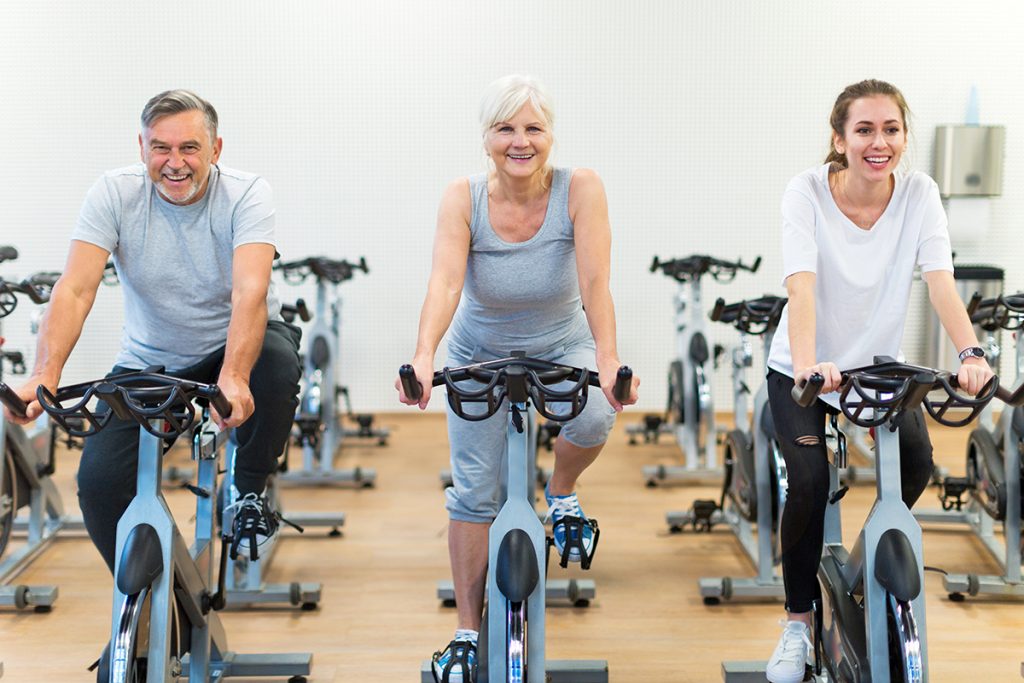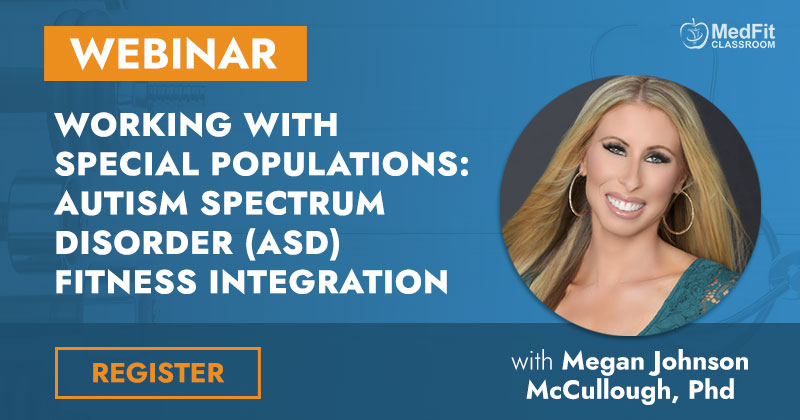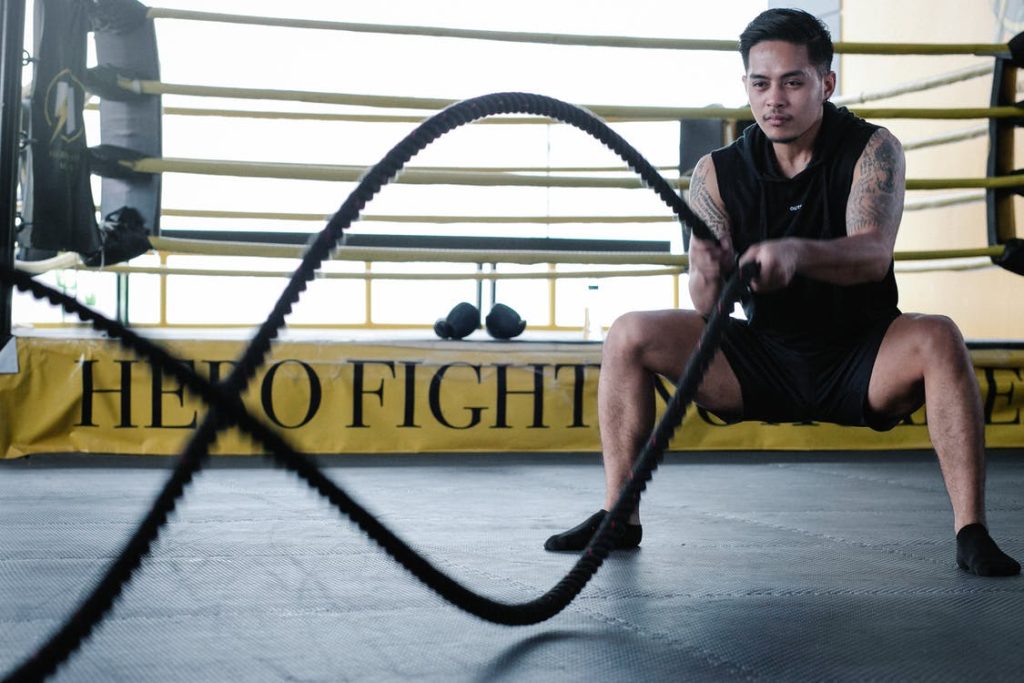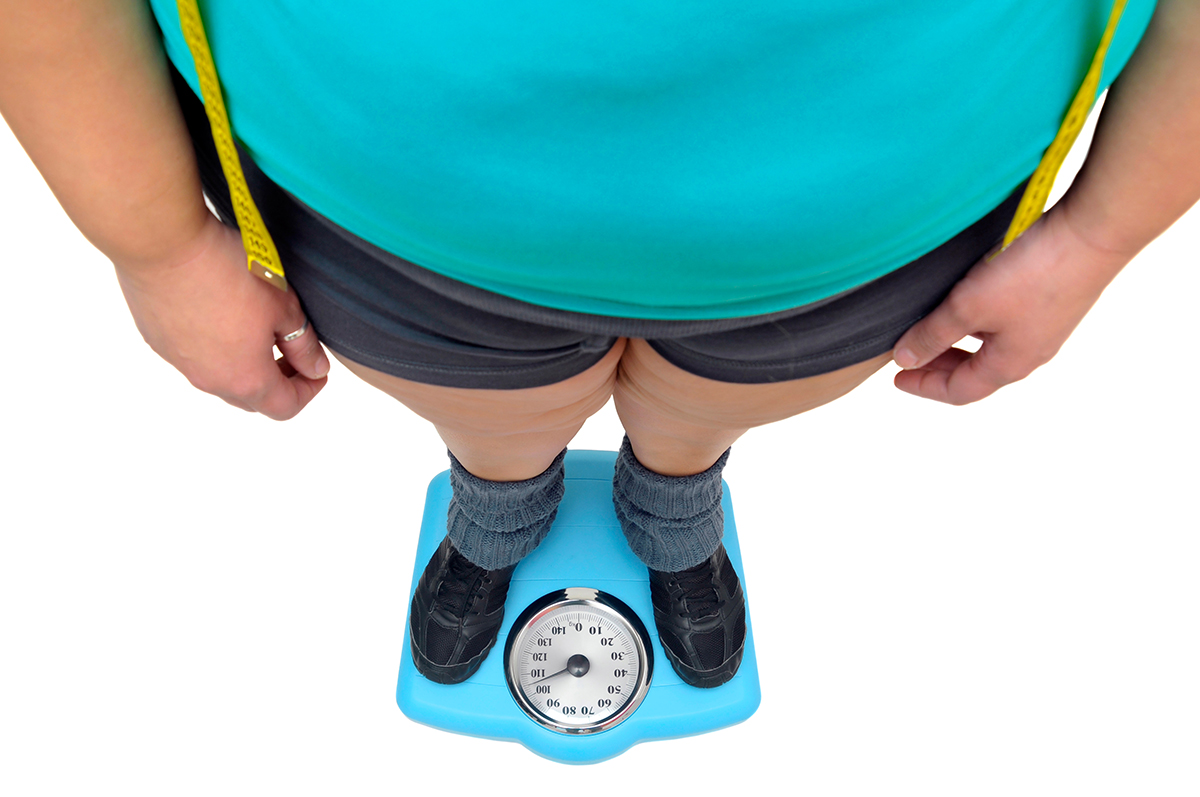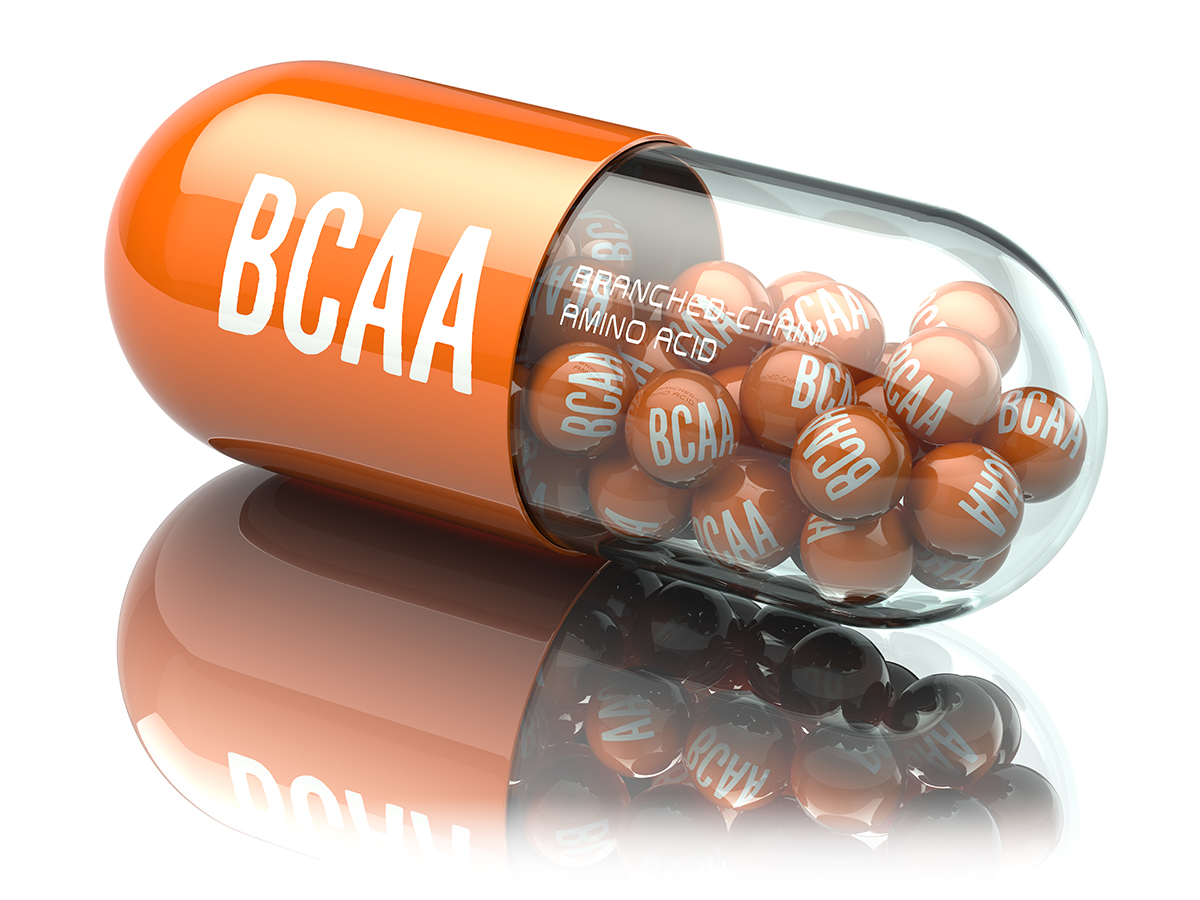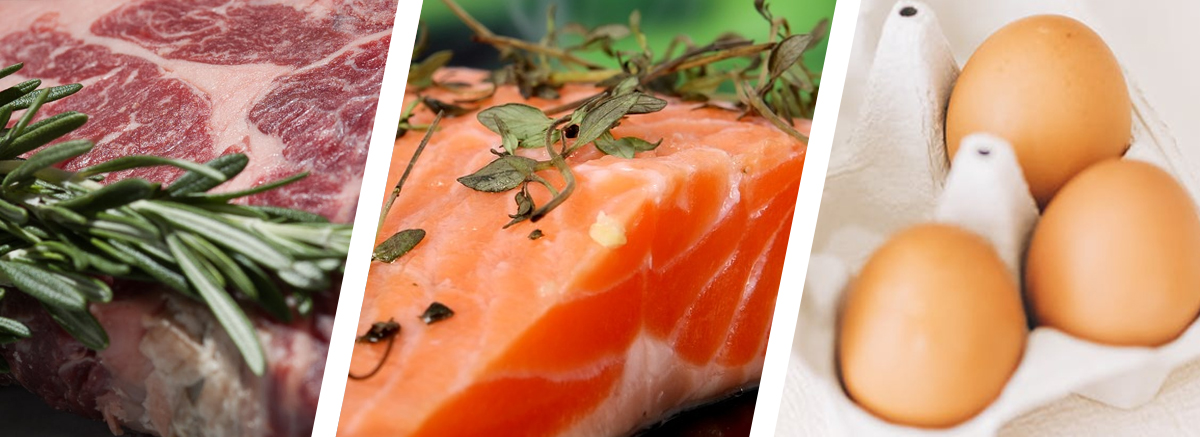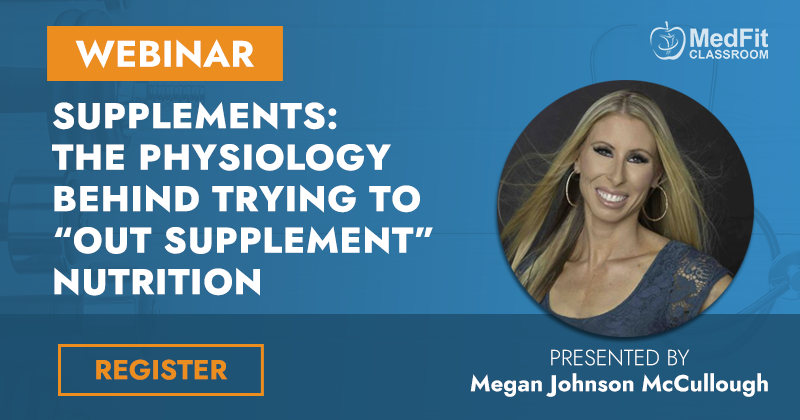The Stress Factor
What lights a fire under you?? What grinds your gears, makes you angry, sad, worried, or STRESSED?? We each deal with the components of life differently, and our reactions to circumstances dictate our emotional well-being. Time, relationships, work, school, kids, family…. all these responsibilities can require a balancing act that seems impossible. But that’s life. And unfortunately, stress can have adverse effects on our health… especially weight.
Your body and mind are one and the same. When put under pressure, your brain kicks into a flight or fight mode. And guess what? Your body wants to use calories in its defense. As such, “Most of us become overeaters when we’re feeling a lot of pressure. This happens thanks to your fight-or-flight response, a.k.a. survival mode — once your body reaches a certain stress level, it does what it feels it needs to. In most cases, that means overeat.” (1)

Initially, adrenaline spikes in the body, making one feel less hungry. However, soon after cortisol takes over. Cortisol is the stress hormone. When activated, inhibition can go out the window. Here’s run down: “Because increased levels of the hormone also help cause higher insulin levels, your blood sugar drops and you crave sugary, fatty foods.”(1) Cheap, convenient, processed foods, are right there to answer the calling.
Here’s the catch: “Today’s human, who sits on the couch worrying about how to pay the bill or works long hours at the computer to make the deadline, does not work off much energy at all dealing with the stressor! Unfortunately, we are stuck with a neuroendocrine system that didn’t get the update, so your brain is still going to tell you to reach for that plate of cookies anyway.” (2)
We have to learn to relax, sleep, and breathe. Many clients ask me what foods to turn to. Here’s what I found:·
Dark chocolate: Two studies of 95 adults showed that consuming dark chocolate reduced their cortisol response to a stress challenge.
Many fruits: A study of 20 cycling athletes showed eating bananas or pears during a 75-km ride reduced levels compared to drinking water only.
Black and green tea: A study of 75 men found 6 weeks of drinking black tea decreased cortisol in response to a stressful task, compared to a different caffeinated drink.
Probiotics and prebiotics: Probiotics are friendly, symbiotic bacteria in foods such as yogurt, sauerkraut and kimchi. Prebiotics, such as soluble fiber, provide food for these bacteria. Both probiotics and prebiotics help reduce cortisol.·
Water: Dehydration increases cortisol. Water is great for hydrating while avoiding empty calories. A study in nine male runners showed that maintaining hydration during athletic training reduced cortisol levels.(3)
Life’s demands throw us for a loop from time to time. Reassure yourself that patience is the key and that this too shall pass. Don’t let your negative thoughts take the wheel. Healthy choices outlast split second mistakes. Be kind to your BODY, even in it’s weak moments.
Originally printed on Every BODY’s Fit blog. Reprinted with permission.
Dr. Megan Johnson McCullough, owner of Every BODY’s Fit in Oceanside CA, is a NASM Master Trainer, AFAA group exercise instructor, and specializes in Fitness Nutrition, Weight Management, Senior Fitness, Corrective Exercise, and Drug and Alcohol Recovery. She’s also a Wellness Coach, holds an M.A. Physical Education & Health and a Ph.D in Health and Human Performance. She is a professional natural bodybuilder, fitness model, and published author.

